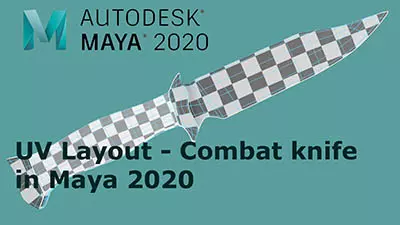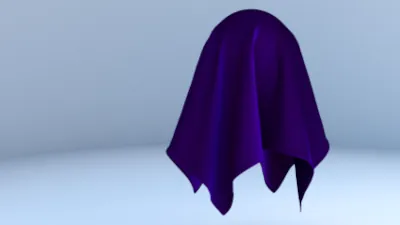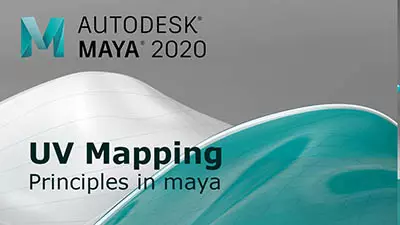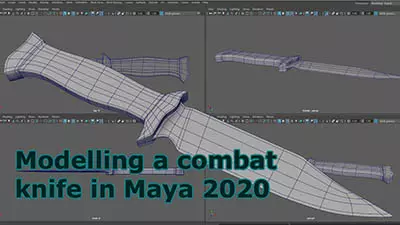Introduction to Maya - Rendering in Arnold
This course will look at the fundamentals of rendering in Arnold. We'll go through the different light types available, cameras, shaders, Arnold's render settings and finally how to split an image into render passes (AOV's), before we then reassemble it i
#
1
07-10-2004
, 12:52 PM
Registered User
Join Date: Sep 2004
Join Date: Sep 2004
Location: U S A
Posts: 18
Bump Map?
#
2
07-10-2004
, 11:28 PM
Registered User
Join Date: Sep 2004
Join Date: Sep 2004
Posts: 69
I think thats a good way to explain it.
#
3
08-10-2004
, 12:39 AM
I think lighter colours means high and dark low, or it might be the other way round

"You can live for yourself today -- or help build tomorrow for everyone" _LIVID
Optical Minefield
My Blog
#
4
08-10-2004
, 02:41 AM
Its like the mesh is a cloth and the cloth is like layed over a pattern. Its like pulling a cloth over dirt, you get the dirt's bumpiness, but the cloth's color,specularity, ect. This is basically how I see it anyway. The images can have color too, because the bump reads the Value, in the HSV (or HSB, Brightness), of the pixels. This is the dark-light bar in the color picker.
#
5
08-10-2004
, 02:50 AM
Registered User
Join Date: Aug 2004
Join Date: Aug 2004
Posts: 408
Here's a pic of a bumpmap for mastercheif's mask:

And a render of the model I applied it to.

#
6
08-10-2004
, 06:46 AM

"You can live for yourself today -- or help build tomorrow for everyone" _LIVID
Optical Minefield
My Blog
#
7
08-10-2004
, 05:45 PM
Registered User
Join Date: Sep 2004
Join Date: Sep 2004
Location: U S A
Posts: 18
#
8
09-10-2004
, 04:13 AM
Registered User
Join Date: Aug 2004
Join Date: Aug 2004
Posts: 408
#
9
09-10-2004
, 06:55 PM
Registered User
Join Date: Aug 2004
Join Date: Aug 2004
Posts: 408
When creating a bumpmap by hand in Photoshop -- have a 3 layed project. 1 background layer, 1 guide layer (be it the actual texture, or a UV Unwrap snapshot), then your layer. Have your layer be on top and draw over the guide layer the bumps you need. Then delete the guide layer, merge, and either export, or invert colors (if you want black white, and white black, and all inbetween switched) then export. It uses the same UV unwrap as the rest of your texture, so you may want to get to learn how to texture before you bumpmap...
Posting Rules Forum Rules
Similar Threads
Help: Applying Bump Map to Select Faces
by Archaismic in forum Maya Materials & Textures replies 5 on 05-01-2013
Controling bump map colors
by lauris47 in forum Lighting & Rendering replies 7 on 30-12-2012
more than one bump map
by ben hobden in forum Maya Materials & Textures replies 1 on 12-10-2008
Bump Map problem
by Jaroehl in forum Maya Basics & Newbie Lounge replies 2 on 20-02-2006
bump map texturing problems
by strytus in forum Maya Materials & Textures replies 19 on 05-06-2003
Topics
Free Courses
Full Courses
VFX News
How computer animation was used 30 years ago to make a Roger Rabbit short
On 2022-07-18 14:30:13
Sneak peek at Houdini 19.5
On 2022-07-18 14:17:59
VFX Breakdown The Man Who Fell To Earth
On 2022-07-15 13:14:36
Resident Evil - Teaser Trailer
On 2022-05-13 13:52:25
New cloud modeling nodes for Bifrost
On 2022-05-02 20:24:13
MPC Showreel 2022
On 2022-04-13 16:02:13









